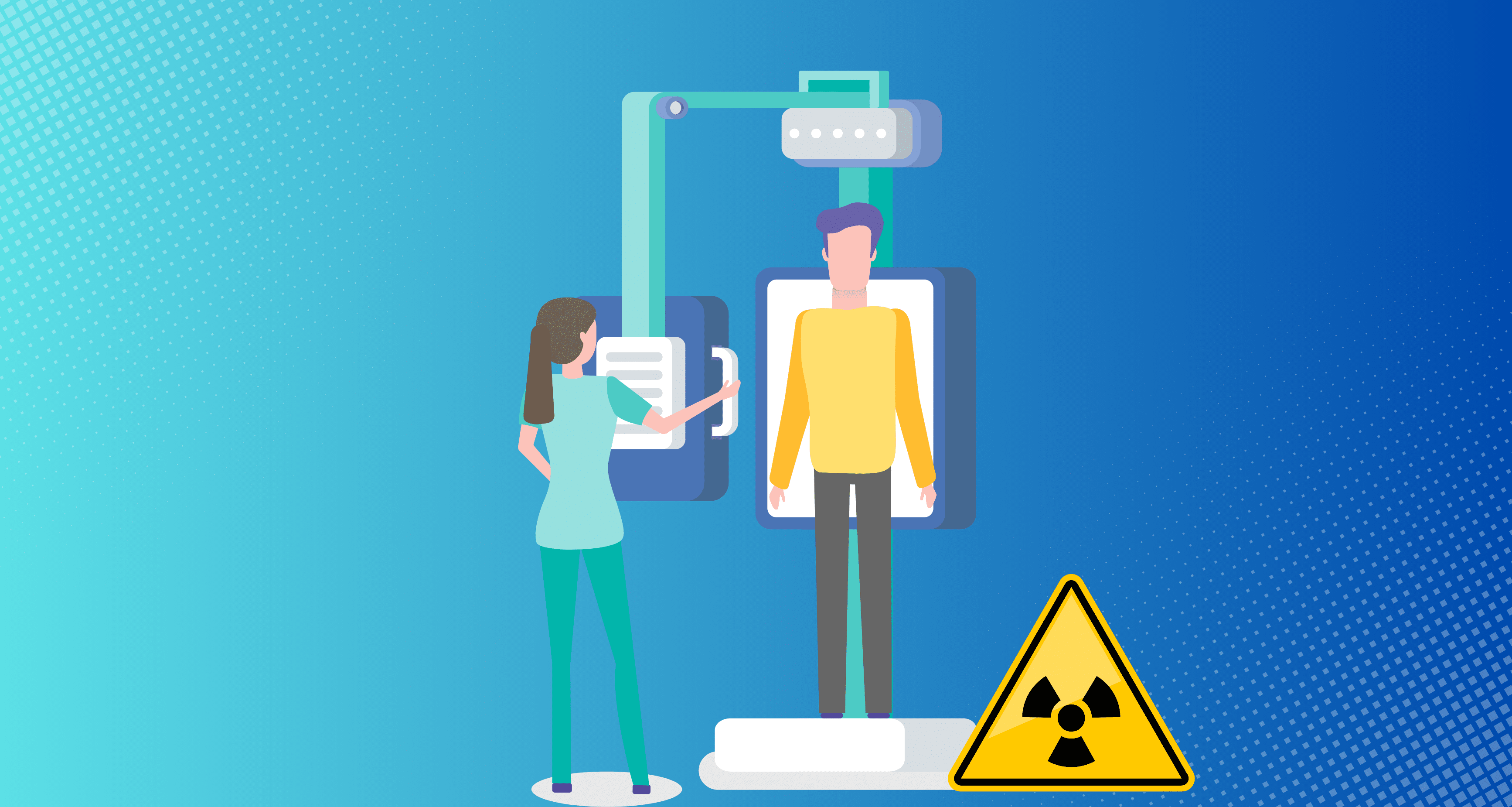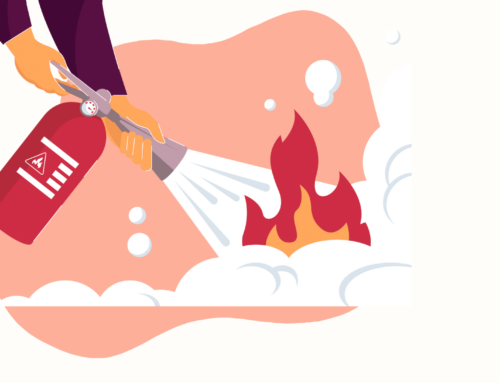
While OSHA (Occupational Safety and Health Act) training is required on an annual basis for employees, compliance and mitigating risks of hazards on a departmental or organizational level is an ongoing task for any healthcare organization. Hazards in healthcare workplace settings range from chemical and radioactive exposure to physical and biological emergencies.
Healthcare hazards don’t only affect healthcare workers but also their patients and anyone else in their workspace. Policies and procedures consistently change within the healthcare landscape, and that includes OSHA regulations, which change so frequently that it leaves compliance officers more concerned than not.
To simplify OSHA compliance and hazard mitigation, we’re going to explore hazard prevention strategies, OSHA requirements, and how to streamline conformity with their requirements.
Identifying Hazards in Healthcare
Two of the main hazards that healthcare workers often face are chemical and drug exposure, and sharps injuries. These are only two among a variety of potential exposures, considering that hazards in healthcare workplace settings can range from chemical and radioactive exposure to physical and biological emergencies.
Healthcare workers are at risk of multiple hazardous situations, and they can span beyond blood-borne pathogens and extend to laser hazards and even anesthetic gas exposures. These are all reasons why more organizations are seeking OSHA compliance solutions that include additional coverage, such as HIPAA compliance monitoring, tailored training, and guidance that includes other risks beyond the workplace, such as COVID-19.
Hazard Prevention
Hazard prevention often requires a multifaceted approach and part of the approach involves complying with OSHA regulations and guidelines. Additionally, for healthcare organizations, compliance officers and safety managers have to implement the proper training to mitigate risks, establish certain safety protocols, and develop specific requirements for their workers based on the department and any specific job duties.
Some of the most common preventative methods used within healthcare are:
- Continuous and comprehensive training
- Establishment of safety protocol
- Conducting risk assessments
- Utilizing safety data sheets (SDS) as needed
- Implementing engineering controls that are risk-based
Utilization of appropriate prevention tactics can help more organizations remain proactive in terms of compliance and potential dangers to their workers and patients.
OSHA Requirements and the Hazard Communication Standard
OSHA focuses on regulating health and safety within workplaces, and the administration outlines five primary elements that are taken into consideration for healthcare workers.
- Workplace safety plan development and sustainability
- Organizational participation should be encouraged in hazard prevention and safety planning
- Use of PPE and monitoring of the effectiveness of PPE
- Continued upkeep and acceptance of developed safety practices and protocols
- Continued training plan distribution
With the variety of requirements, one common question is who has hazard communication duties in healthcare. The most common answer is the host employer. Additionally, chemical manufacturers, distributors, and importers that partner with hospitals and other healthcare organizations are also responsible for hazard communication.
The communication standard published by OSHA is intended to promote chemical safety throughout the workplace. This guideline, which requires employers to present written information about the identities and hazards associated with chemicals, must be accessible and clear to employees.
The responsibility of OSHA is to provide a safe work environment for healthcare workers. The way this is done is by setting a baseline for workplace safety, such as protocols for workers to follow. This helps with pinpointing potential dangers and outlining ways to either reduce or eliminate exposure to those dangers.
How Compliancy Group Streamlines OSHA Compliance
The challenges that healthcare workers face often fluctuate based on the person, the job, and the location of operations. It can be difficult to keep up with regulations that are consistently changing while also keeping existing employees compliant. Due to this ranging level of difficulty, more organizations are finding that the right type of compliance software is what makes the difference in their success with OSHA compliance, the protection of their employees, and the sustainability of their safety programs.
To access OSHA self-audits, comprehensive training, and ready-to-use safety plan templates, schedule a demo with Compliancy Group today.









